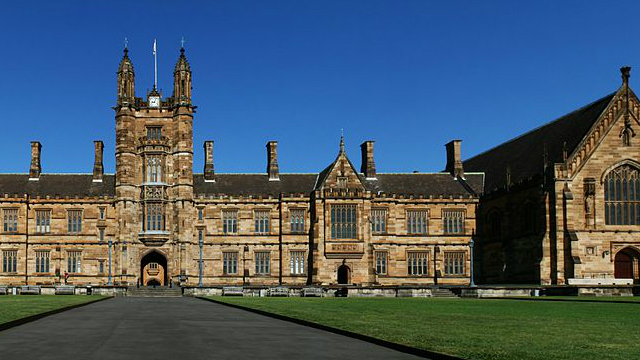
-
- Australia pioneered repaying student loans through the tax system, the HECS scheme.
- In 2005, HECS was replaced by three new loans schemes called HELP (Higher Education Loan
- Programme): HECS-HELP for students receiving federal government tuition subsidies, FEE-HELP for full-fee students, and OS-HELP for study overseas.
- FEE-HELP has the potential to reform higher education radically.
- It extends loans to all full-fee students, undergraduate or postgraduate, at both public and private institutions.
- This gives the private higher education sector a chance to expand, creating more choice for students and more competition among institutions.
- However, FEE-HELP’s effectiveness is undermined by a maximum lifetime loan of $50,950 (with $80,000 proposed for medicine).
- The loan cap is a crude way of controlling lending, taking no account of course costs or capacity to repay.
- A truly radical reform would make student loans mimic commercial loans: students with good earning prospects could borrow large sums, other students could borrow less, and some could not borrow at all.
- A more incremental reform increases the cap to realistic levels of $95,000 for most courses, and $160,000 for medicine, dentistry and veterinary science.
- The government can improve HELP’s finances by:
– Charging postgraduates for the cost of lending.
– Collecting HELP debts owed by people living overseas.
– Not writing off HELP debts on death.









